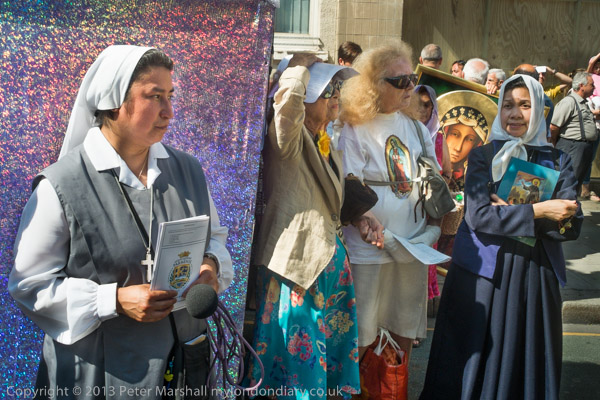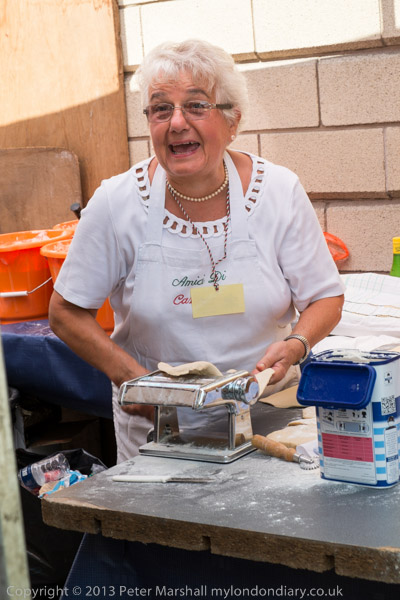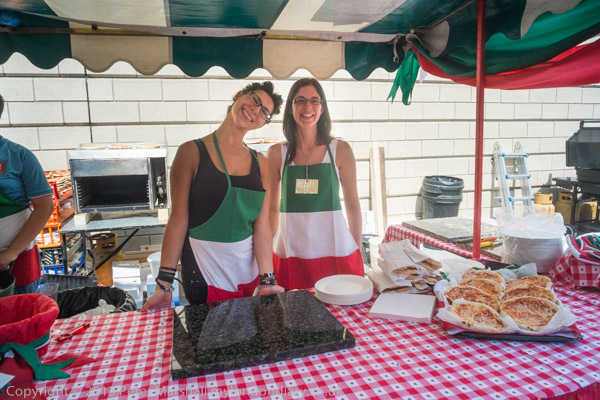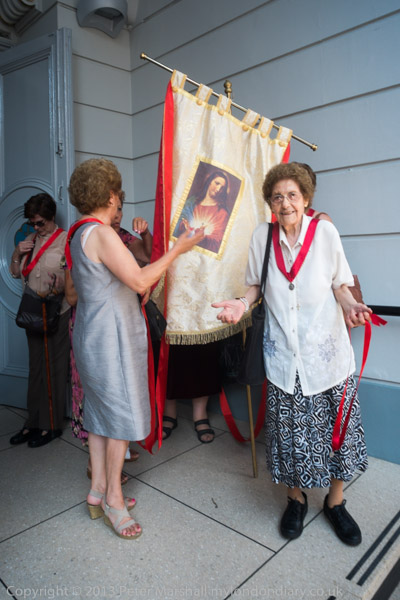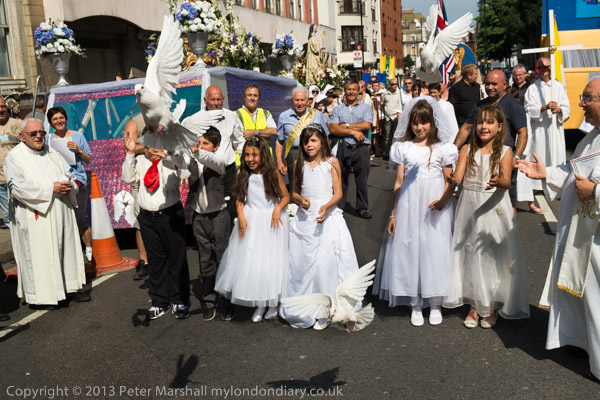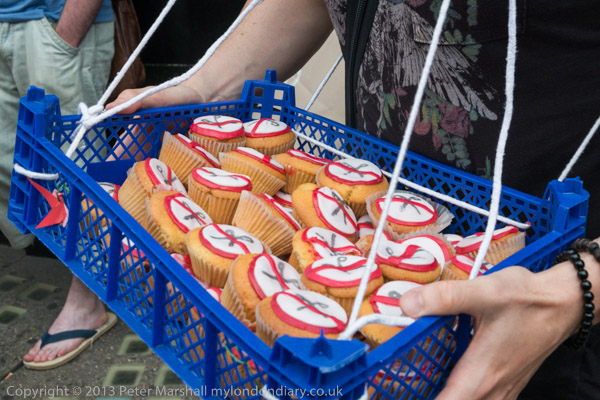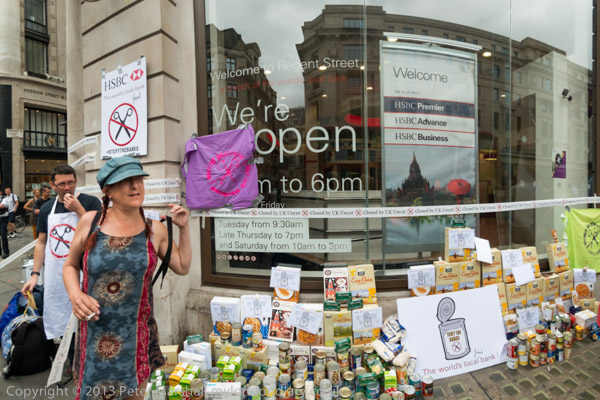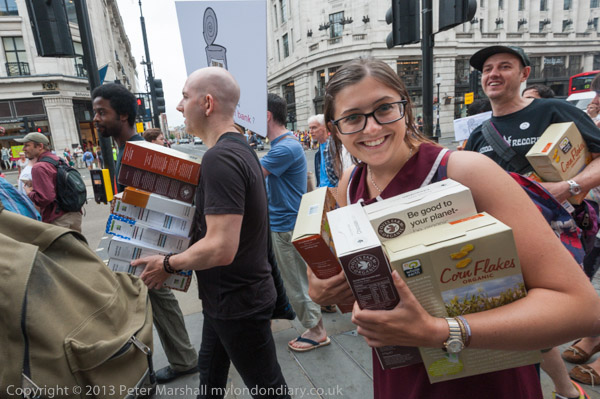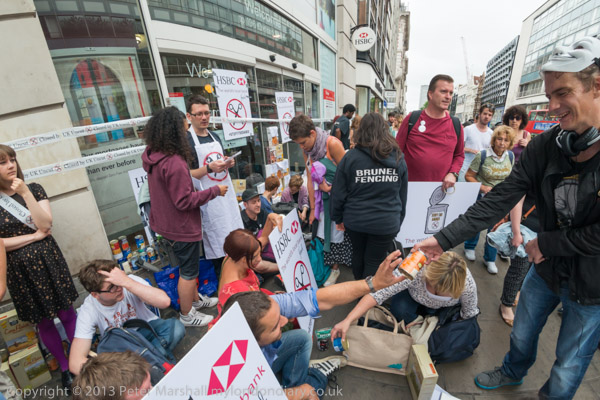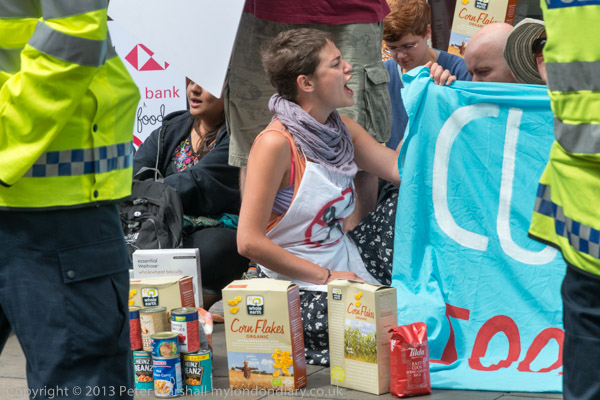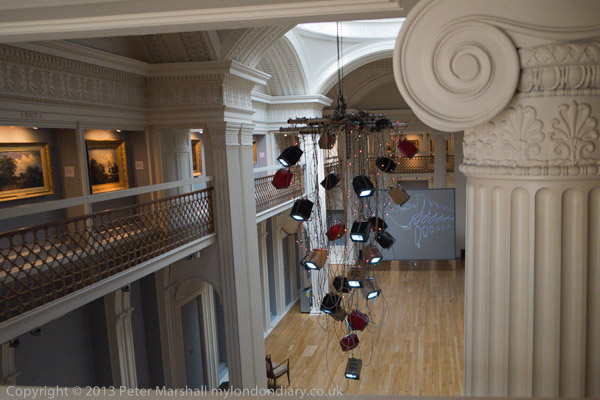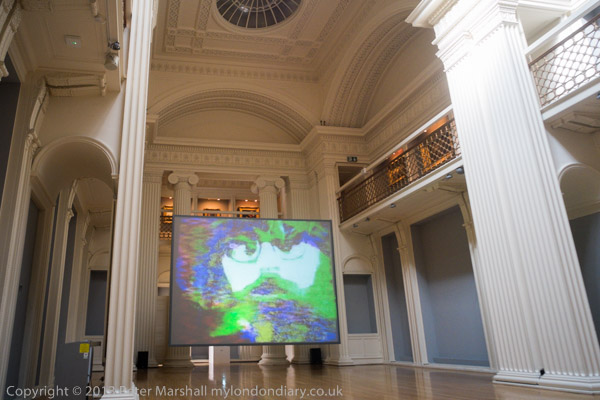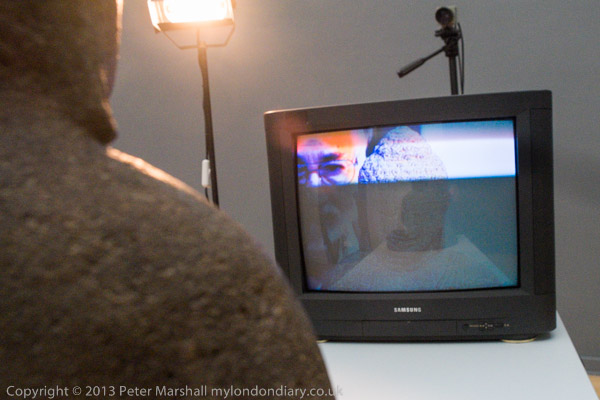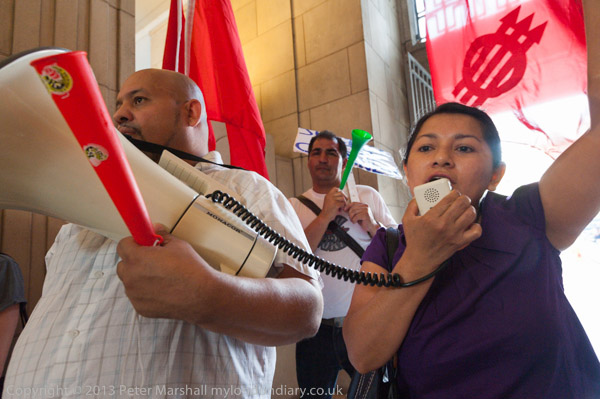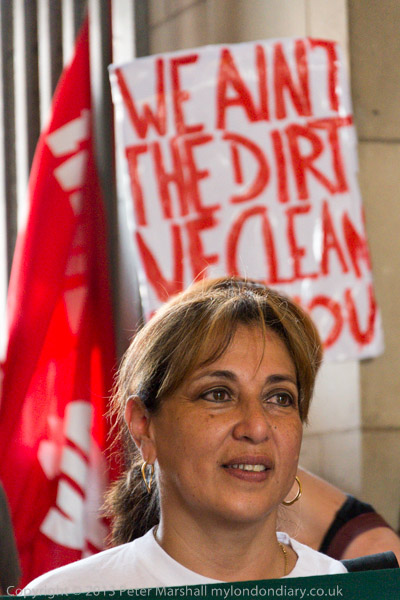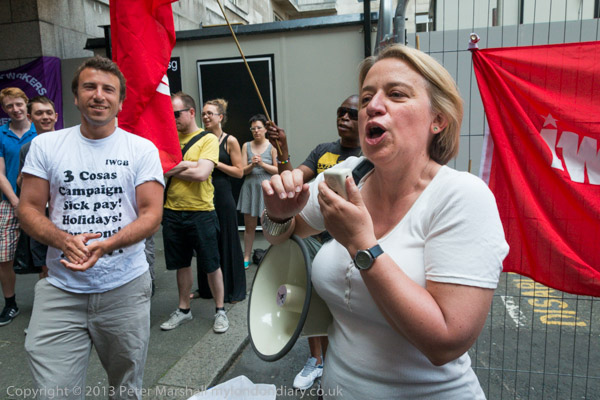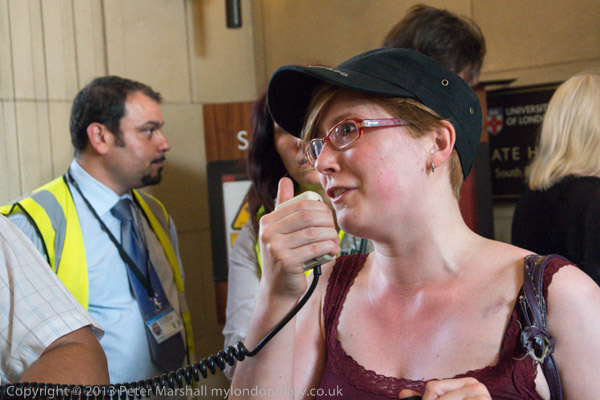I was very much in two minds about going to see the swan upping this year. I’ve photographed in on quite a few occasions, starting on film in 2001, and I got my best pictures then or in the next few years I covered the event.
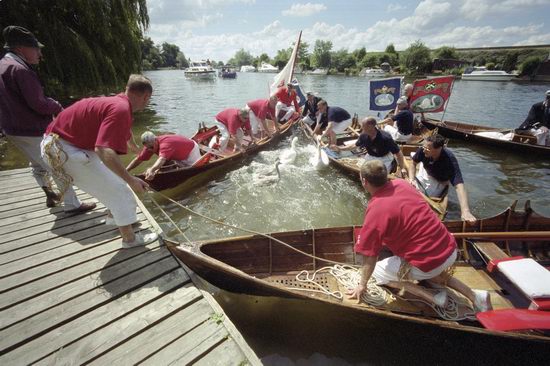
Swan Upping at Laleham in 2001. Konica RF, Fuji film
Then it was easier, partly because there were fewer photographers and fewer spectators. Often I was the only photographer for much of the time, with perhaps two or three on the official press boat who usually arrived when the real business was over, having had to wait to be put on shore. The were often a handful of people who’d seen it happening and come to watch, some with a compact camera taking pictures, but seldom getting in my way.
In those early years I was even able to take some panoramic images with the Hassleblad X-Pan and the 30mm lens as well as images like the above, I think probably made with a 21mm on a Konica Hexar RF camera – a modernised version of a Leica M with power wind and decent auto-exposure, quite possibly the best film ‘Leica’ ever made, though not quite the build quality of the older Leicas. The 2001 swan upping pictures start here.
Today taking the same picture I’d have at least one photographer poking his lens into the image on the left and quite possibly a guy holding his phone up next to the man in the hat – if not in front of my lens. There just isn’t the room to work any more. I think it is all a small part of the attempt to make our royalty more popular, though perhaps a better gesture would be to give back the swans that Henry II stole from us in 1186 to the people. Though probably we wouldn’t want to eat them now.
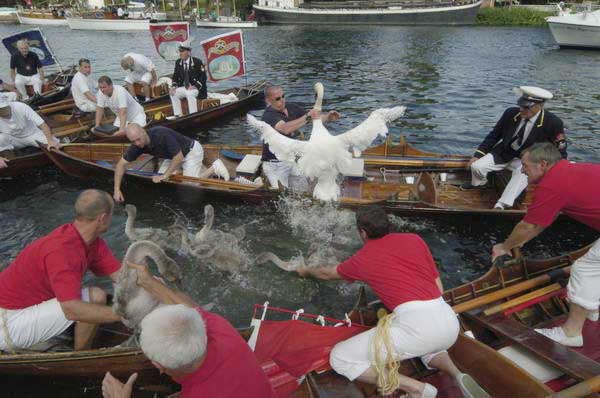
Swan Upping 2004. Nikon D100, Sigma 12-24mm
By the time I next went to the swan upping pictures in 2004, I was already noticing a difference, writing “i was the almost the only photographer who bothered to turn up three years ago, while today there was a press launch with a group of snappers and a film crew.” But I was still able to get some good pictures, like the one above, made with a Nikon D100 and the Sigma 12-24mm at 16mm (24mm equiv.) My bike had got there before the press launch and there was a line of photographers on either side of me, right along the edge of the bank so nobody could get in front of us. Despite being only 6Mp, this made a decent display print 2.3 metres wide.
Another thing that made it easier to work back then was that man in the hat at the left of the top picture. Those swans weren’t at that nice landing stage by accident, but because Eric – who I got to know a little as we cycled along the towpath together – had got there a quarter of an hour before the boats and lured them to a suitable position with some crushed digestive biscuits, first throwing larger lumps in their direction to gain their attention. He went ahead of the uppers on his bike, acting as their ‘spotter’ for the cygnets. This had the added advantage that most of them were attracted to the towpath side of the river for the uppers. Swans and cygnets do in any case have a certain tendency to swim on the towpath side, because that’s mainly where the public feed them.
Nowadays the spotting is done by the Queen’s Swan Warden Prof Chris Perrins and his two assistants in a small boat with an outboard, who travel a little ahead of the rowers, and there is no luring to the towpath bank, so more are upped on the other side.
One advantage of being on the press boat is that you can get to either bank, and of course it involves rather less effort than riding a bike on the towpath. But almost always it’s better to be on a bike – you get there first. Of course you can also get a different view from the boat, but usually from too far away or from behind the uppers. The only part of the event I’d really prefer to cover from the river is the actual release of the swans after they have been checked, listed, weighed, ringed and measured and are carefully put back in the water.
One year I did apply to go on the press boat and got all the details fixed. Then a day or two before the event got an email saying sorry, there wasn’t room for me. As a freelancer working for a small agency I didn’t count when at the last minute more important people wanted to cover the event. I’ve not bothered to apply since.
I’ve been most years since 2004, usually following the boats to Windsor, where there are still just a few things I’d like to do better than I have. Last year there was no swan upping because the river levels were too high, and this year I wasn’t going to bother. But sitting at my computer on that hot summer morning I suddenly decided it would be a pity to miss the spectacle taking place less than half a mile away and jumped on my bike with my camera bag.
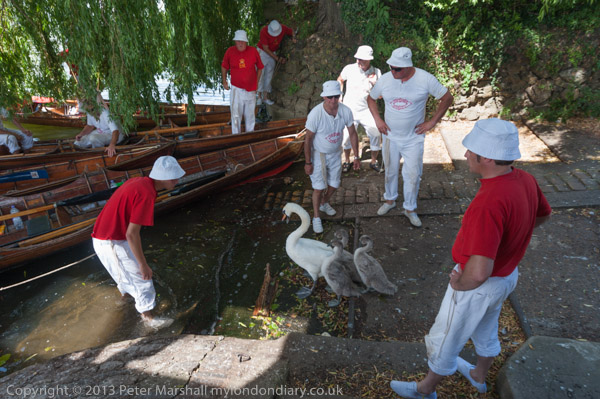
Swan uppers creep slowly in towards the birds on land. 2013
It’s always an interesting spectacle, though I didn’t really get any decent pictures in the hour or two I spent with them. The only cygnets on my side of the river were under the railway bridge, in deep shade with strong areas of sunlight, a contrast well beyond the ability of either digital or film (and I couldn’t use flash.) The uppers did their business and rowed away across the river to the Swan Inn, and I got on my bike and rode home for my own lunch. I didn’t bother to go back and follow them that afternoon. Perhaps, if it isn’t so hot, next year.
Other pictures from this year- Swan Upping. You can also see more from 2004, 2005, 2006, 2007, 2008, 2010 and 2011.
Continue reading To Up or Not to Up?
